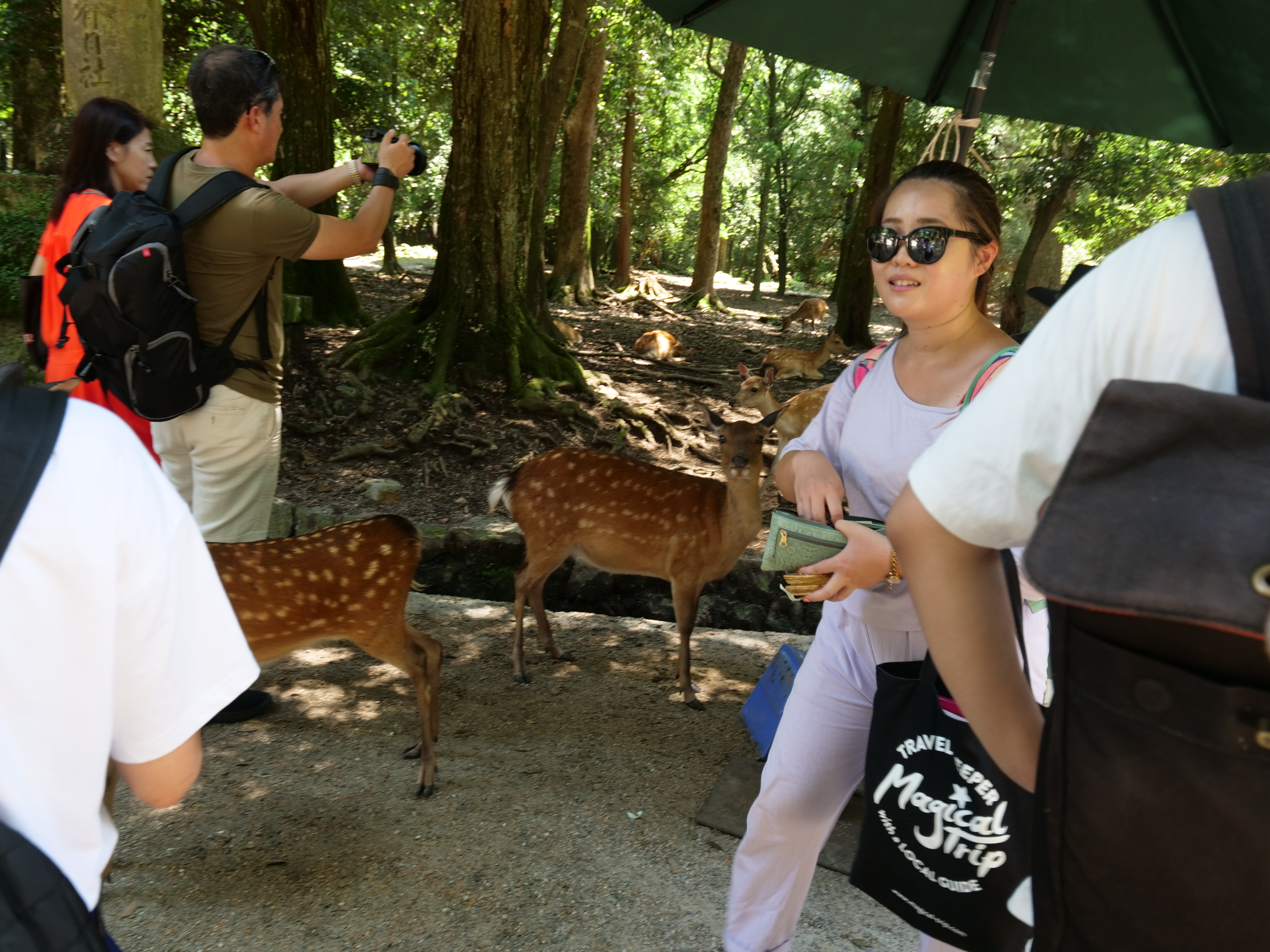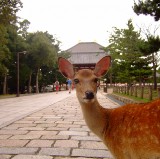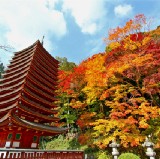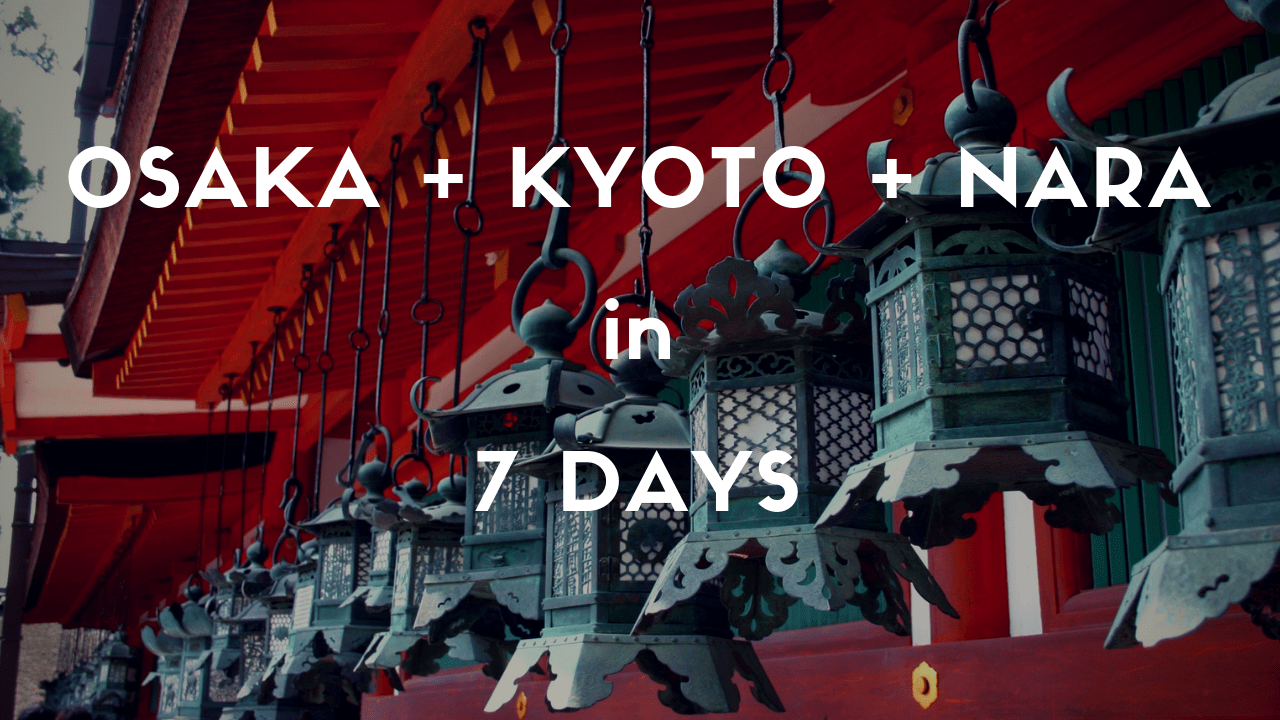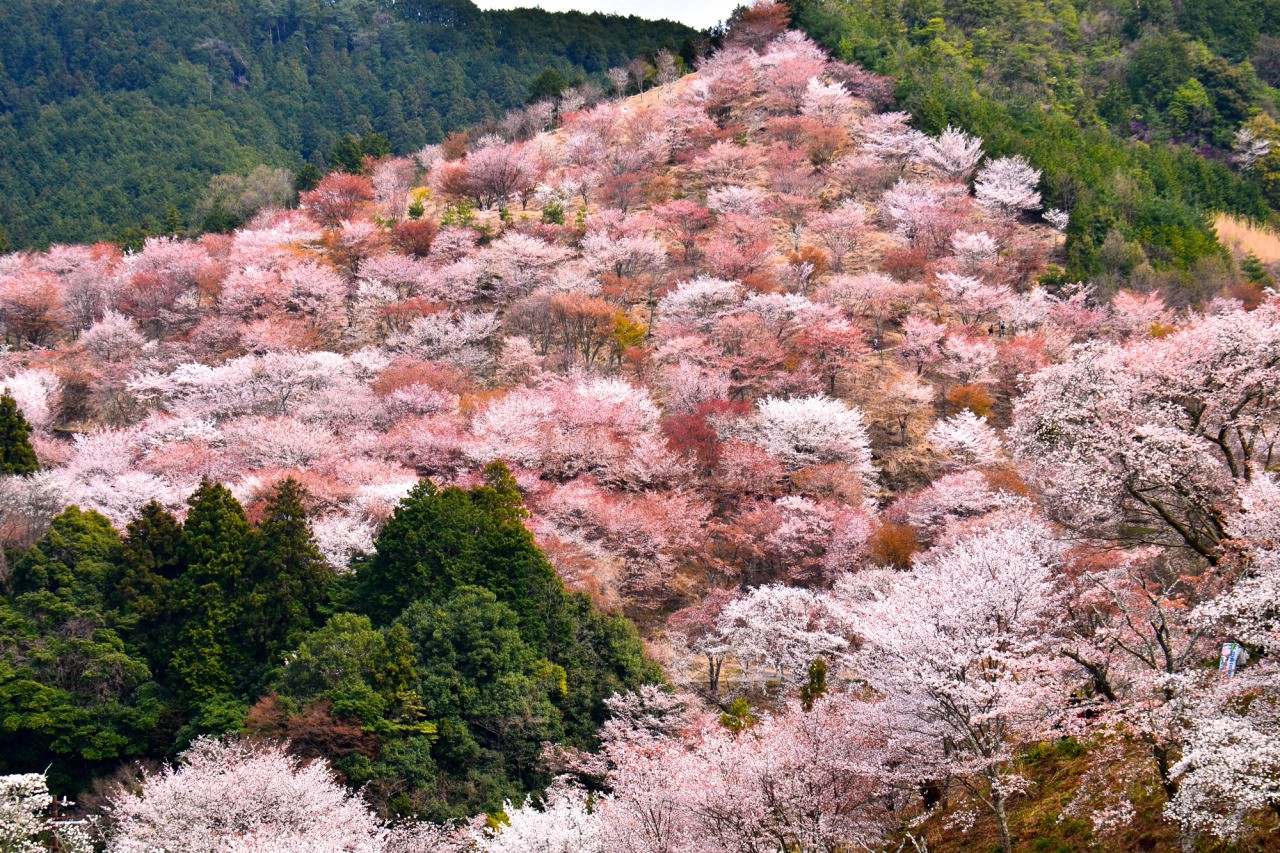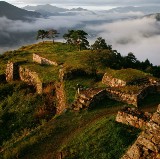Todaiji Temple: Meet the World’s Largest Buddha
The great UNESCO World Heritage temple in Nara Prefecture
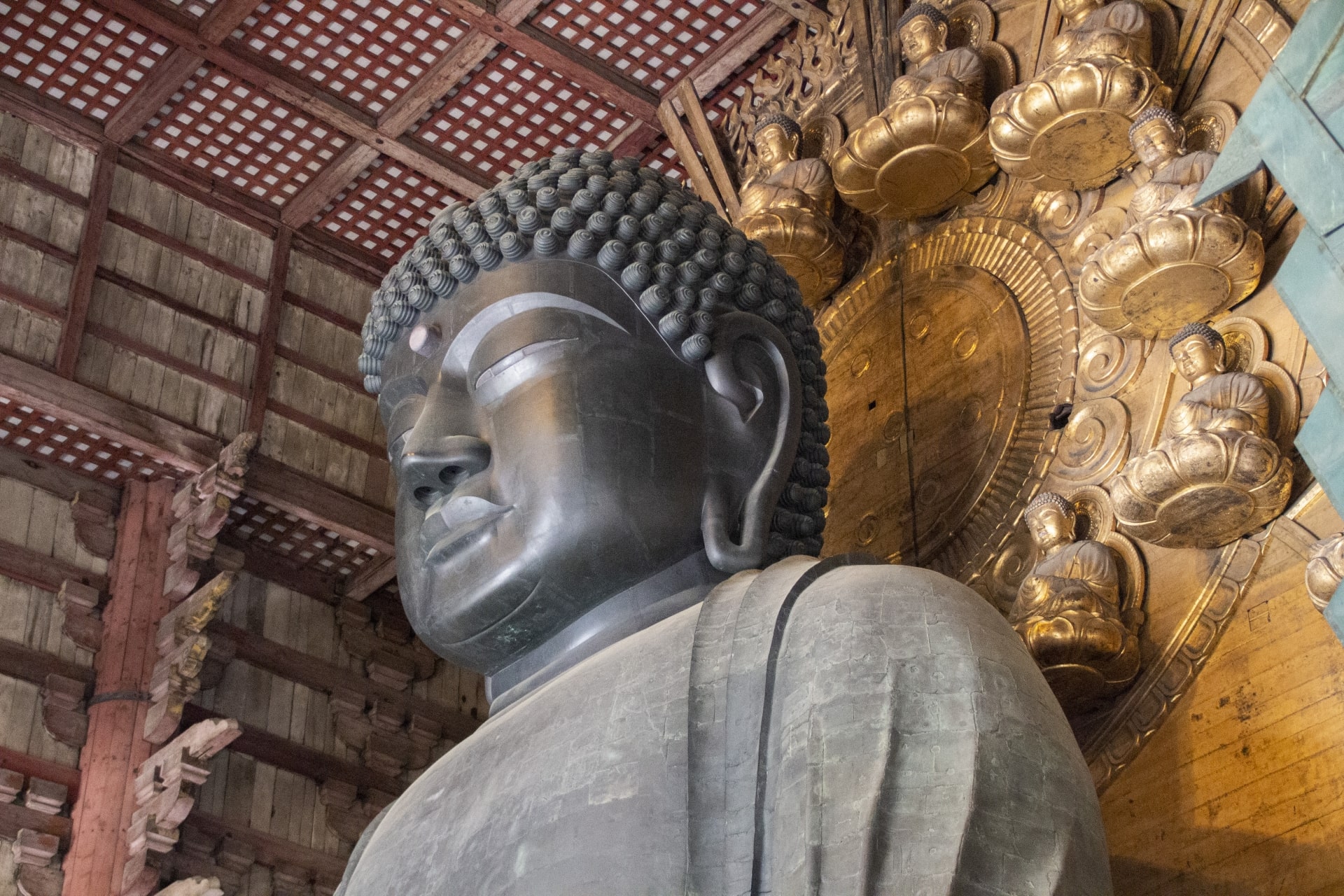
Visit Todaiji, one of the most important temples in Japan and meet the world’s biggest bronze Buddha and adorable deer!
*Please note that this article contains affiliate links.
Todaiji Temple (東大寺) is a Buddhist temple complex located in Nara City, Nara Prefecture. It’s one of the most important temples in Japanese history and a top tourist attraction in Western Japan. The temple was one of the Seven Great Temples of Nara , the powerful and influential seven Buddhist temples during Nara period.
Todaiji Temple was founded in the early 8th century by the order of Emperor Shomu. It was constructed 738 and opened in 752. The temple went under reconstructions several times including the major one in 1709 including the current hall with the Great Buddha.

The temple is best known for the world’s largest bronze statue of the Buddha a.k.a. The Great Buddha of Nara (Nara no Daibutsu “奈良の大仏” in Japanese) which is placed in the Great Buddha Hall (Daibutsuden “大仏殿” in Japanese). During Edo period, it was counted as one of three greatest Buddha statues in Japan along with the Great Buddha of Kamakura and the Great Buddha of Kyoto (which no longer exists).
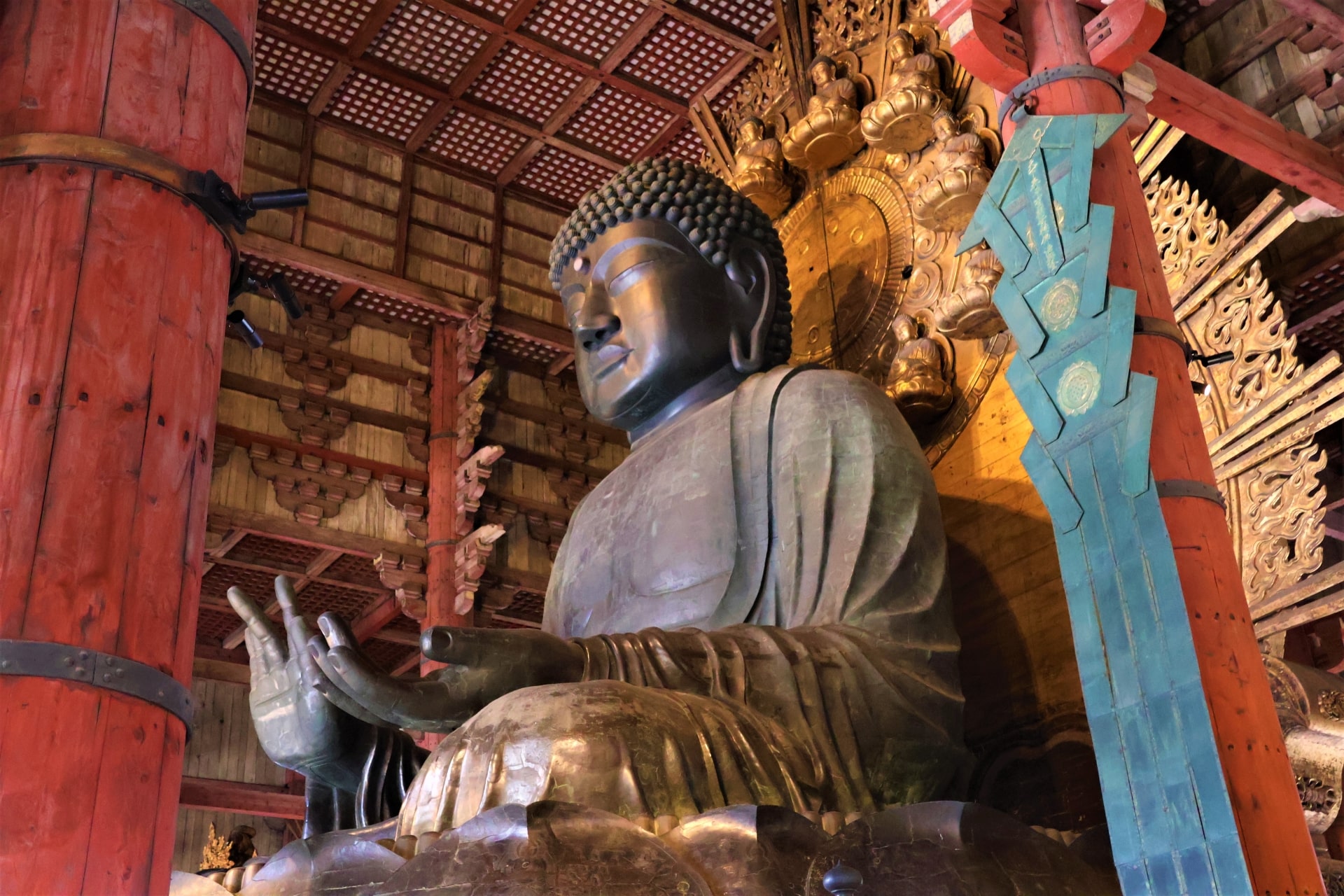
The dimensions of the Buddha statue are: Height: 14.98 m (49 ft 2 in), Face: 5.33 m (17 ft 6 in), Eyes: 1.02 m (3 ft 4 in), Nose: 0.5 m (1 ft 8 in), Ears: 2.54 m (8 ft 4 in). The Great Buddha Hall is 57 m (187 ft) long, 50 m (160 ft) wide and 49 m (161 ft) high, and it was the world’s largest wooden building until 1998.
The temple was designated to UNESCO World Heritage Site in 1998 as part of the “Historic Monuments of Ancient Nara”, together with seven other sites including temples, shrines and the forest in Nara. The temple also houses numbers of national treasures and cultural properties including structures, painting, sculptures and documents.
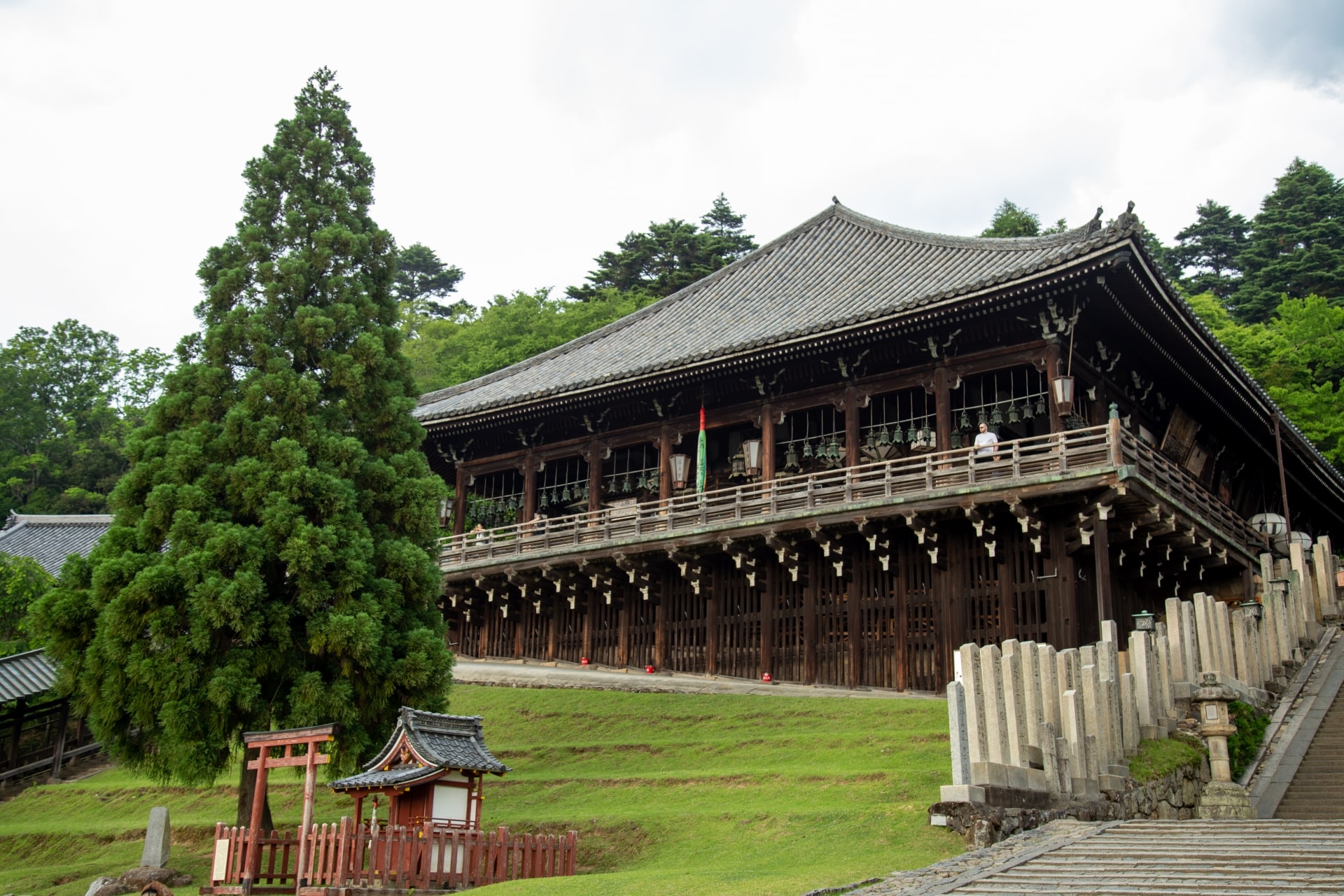
Nigatsudo Hall (二月堂) is another important structure and a national treasure in Todaiji Temple. It’s located on the east hillside of the Great Buddha Hall and has a balcony that offers a stunning panoramic view of the city. The hall is the site of Omizutori ceremony (a festival of water and fire) which is held in March every year.
Along the temple complex, deer is another tourist attraction and a famous symbol in Nara. Nara Park, the ground of Todaiji Temple is home to over 1,000 wild deer which freely roam in the park and have been designated as a nature treasure of Japan.
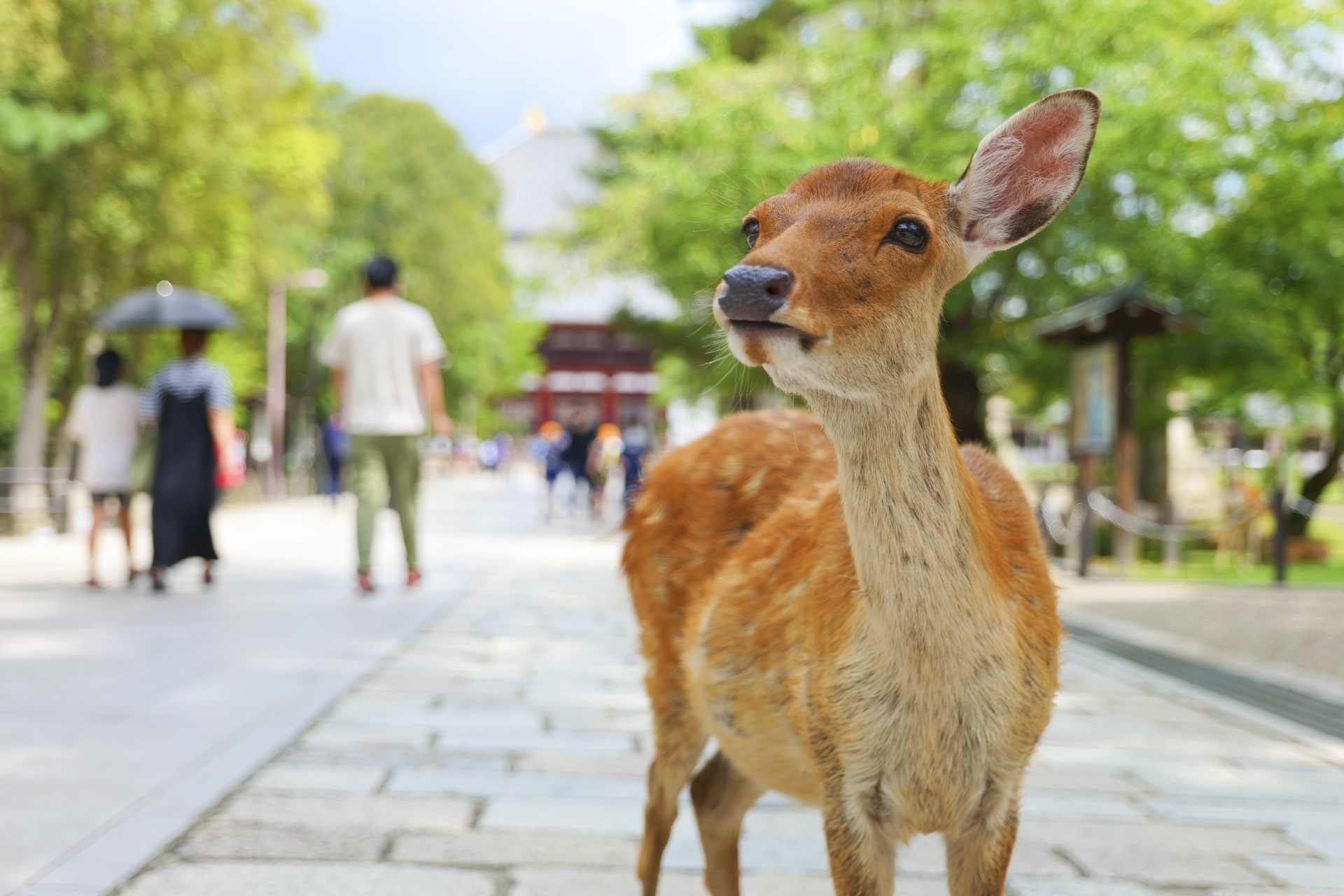
-Todaiji Temple (東大寺)
Map: https://maps.app.goo.gl/EpFuhdZaegrc5qJt6
Access: 30 mins walk from Kintetsu Nara station
Hours: 7:30~17:30 (April to October), 8:00~17:00 (November to March)
Fee: 600 JPY
Website: http://www.todaiji.or.jp/english/index.html
If you are planning to visit Nara with short period, I’d highly recommend you to join this amazing half-day tour “Nara Half Day Trip Walking Tour” which you can explore the best bits of Nara and learn the deep history of the city from a local guide! Meeting the largest Buddha, play with adorable deer, visiting a magnificent shrine and exploring the neighbourhood.. all these can be done in a half-day!
Check the link below for more details about the tour!
Thanks for reading! For more information about travelling in Nara and other cities in Western Japan, please check out these articles below!
▽Related Articles▽
Written by
"The world is my oyster" A globetrotter 🌎 and hammock lover 🌞 who loves taking adventures to fuel wanderlust. Born and raised in Japan, I have lived and explored countries around the world. As a resident of Japan and based on my travel experience, I'd love to share my knowledge and tips for travelling Japan with my readers. I hope my story will help you plan your trip and have a great time in Japan 🌈





